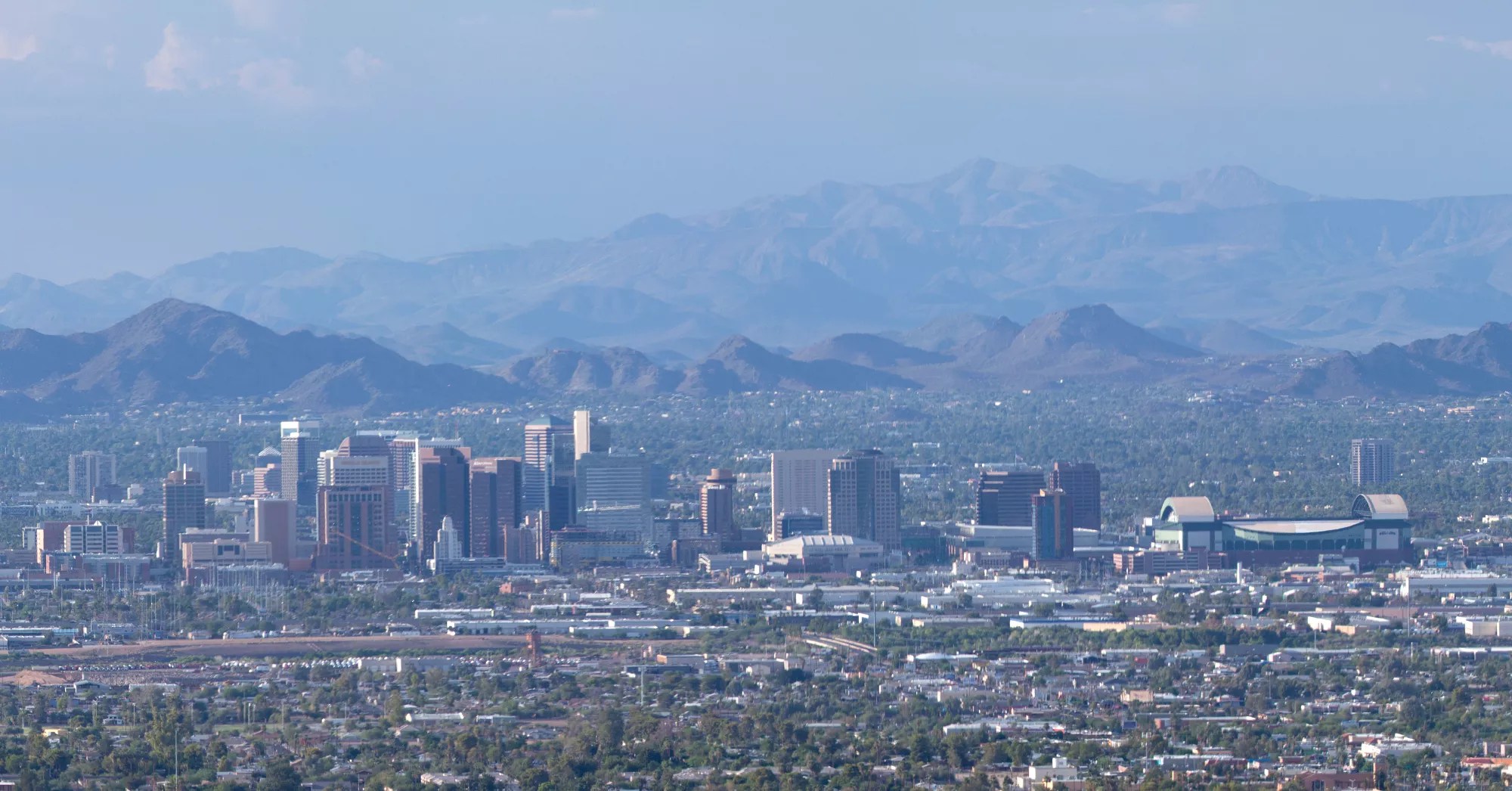
Alan Stark/Flickr/CC BY-SA 2.0

Audio By Carbonatix
With its sunny weather, plethora of senior-friendly activities and high 55-plus population, Arizona is often seen as a paradise for seniors looking to live out their retirement years — at least for the half of the year that’s not scorchingly hot.
Nearly two million of Arizona’s 7.6 million residents are at least 60 years old. But according to a recent study by SeniorLiving.org, the oasis lifestyle that they seek in Arizona can actually be more of a nightmare. For the company’s nationwide safety report card, it analyzed and ranked each state and Washington, D.C., on a 100-point scale based on crime — including fraud — plus health care, weather and traffic safety.
Arizona ranked first! But, uh, not in the way you’d want. According to the study, Arizona is the most dangerous state for seniors in the U.S., earning an F grade with only 42.5 points.
The study, according to Senior Living, revealed a shift in “traditional retirement wisdom” about warm weather, which is often a driving factor behind where retirees choose to live. Warm weather is just a step away from extreme heat, severe storms and health care shortages, which pushes many sunny states like Arizona to the bottom of the list. Florida, also often considered a retirement destination, ranked just below Arizona as the second-most dangerous state for seniors.
North Dakota, South Dakota and West Virginia ranked among the safest states for seniors in the country. Better to live in a state with a direction in its name, we suppose.
While Arizona doesn’t rank among the top three states with the highest crime, worst health care access and most dangerous roads, its high rate of weather-related injuries and deaths significantly impacted its score.
Extreme heat is detrimental to anyone’s health, and seniors are more susceptible to heat stroke, which can have deadly consequences. In 2024, nearly 1,000 Arizona residents died from heat-related illnesses, the majority of whom were 50 years of age or older, according to the Arizona Department of Health Services. Sixty-three percent of these deaths occurred in Maricopa County. More than half of the county’s nearly 300 confirmed heat-deaths this year — so far — have been people who are at least 50 years old. More than 200 deaths are still under investigation, according to the county.
Yet, it’s hard to escape Arizona’s extreme heat. The state sees an average of 111 days of 100-plus degree days each year — a number that figures to grow. In 2024, Arizona had a record-breaking 113 consecutive days of triple-digit temperatures. This year, Arizona has likely had the last of its triple-digit days, but Arizonans had to swelter through 122 days of 100-plus weather, according to the National Weather Service in Phoenix.
The danger the heat inflicts on Arizona’s senior community is the main factor for its low ranking, but it also ranked poorly for health care access (10th worst), especially in rural and low-income areas. Its rankings for traffic fatalities (10th worst) and crime rates (12th worst) didn’t help either.
We don’t suspect that this ranking will scare off the snowbirds completely, though. As many of us know, when Arizona’s “winter” comes around, it’s all too easy to forget about the brutality of summer.